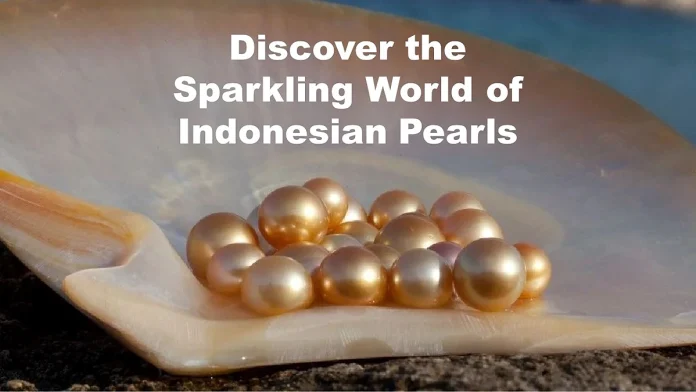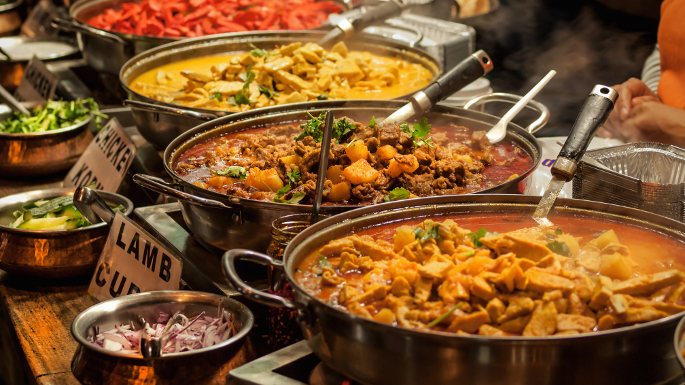Did you know Indonesia’s oceans, especially around Lombok, Sumbawa, and Maluku, are home to some of the world’s most beautiful pearls? Yup, the famous South Sea Pearl comes from here too! No wonder Indonesia is one of the top pearl exporters in the world.
These gorgeous pearls come from a special oyster called Pinctada maxima, the golden or silver-lipped beauty that takes years to create one perfect, shiny pearl. Their natural colors? Stunning shades of white, pink, cream, and gold. From the sea to sparkling jewelry, Indonesian pearls are pure ocean magic!
Types of Pearls You Can Find in Indonesia
Indonesia isn’t just about the famous South Sea Pearl. There are plenty of other gorgeous ones too! Let’s get to know them.
• Akoya Pearls
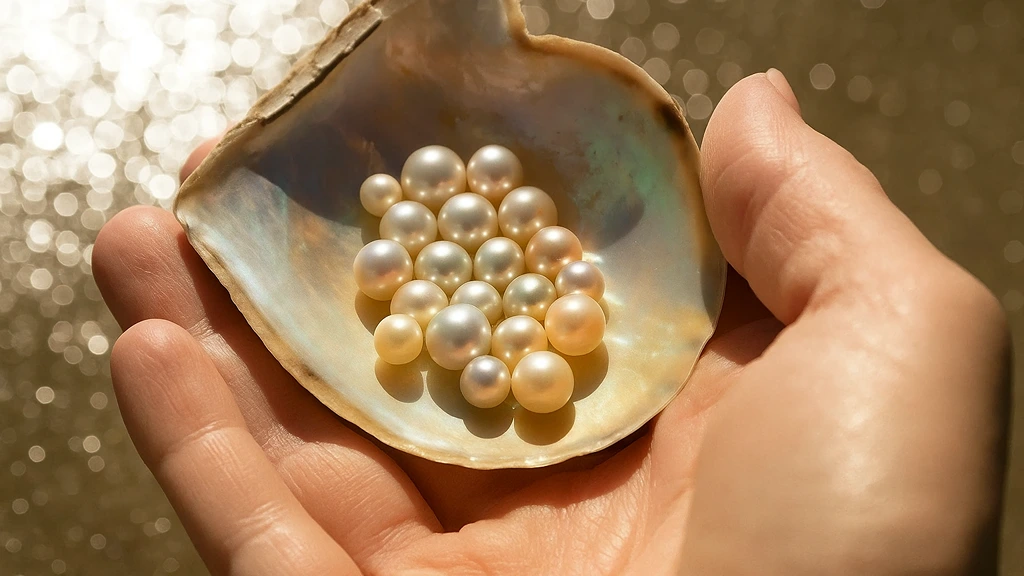
Even though Akoya pearls are originally saltwater pearls from Japan and China, they can now also be farmed and found in Indonesia, especially in Lombok. In Indonesia, some stores sell Akoya pearls with authenticity certificates. They’re small, about 2mm to 10mm and usually round in shape. In addition, Akoya pearls come in pretty white or cream colors.
• Tahitian Pearls (Black Pearls)
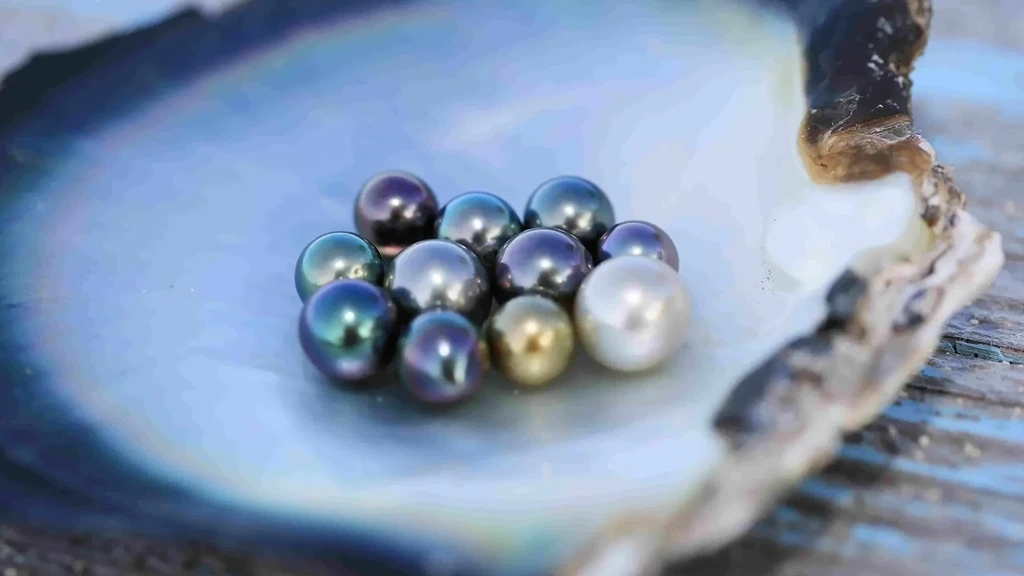
These pearls come from the tropical islands of Tahiti. But now, they’re not only found there — Indonesia also farms Tahitian pearls! They usually range in size from 7mm to 20mm and have beautiful black or metallic silver colors. Tahitian pearls are among the most sought-after and expensive pearls in the world.
• Freshwater Pearls
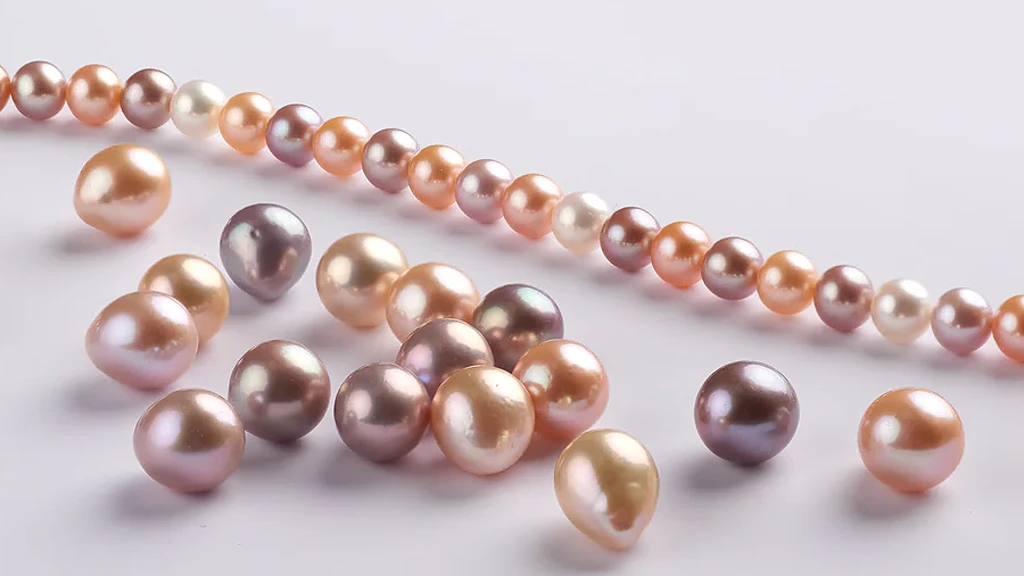
Lately, freshwater pearls have become really popular because they’re affordable but still look great. When worn, they can even look a lot like Akoya pearls! Their colors usually range from lavender, pink, to peach. Larger and rounder ones often have a greenish-black color, similar to Tahitian pearls. Growing freshwater pearls takes quite a bit of care and skill. One healthy shell can be harvested several times and produce multiple pearls inside.
• Abalone Pearls
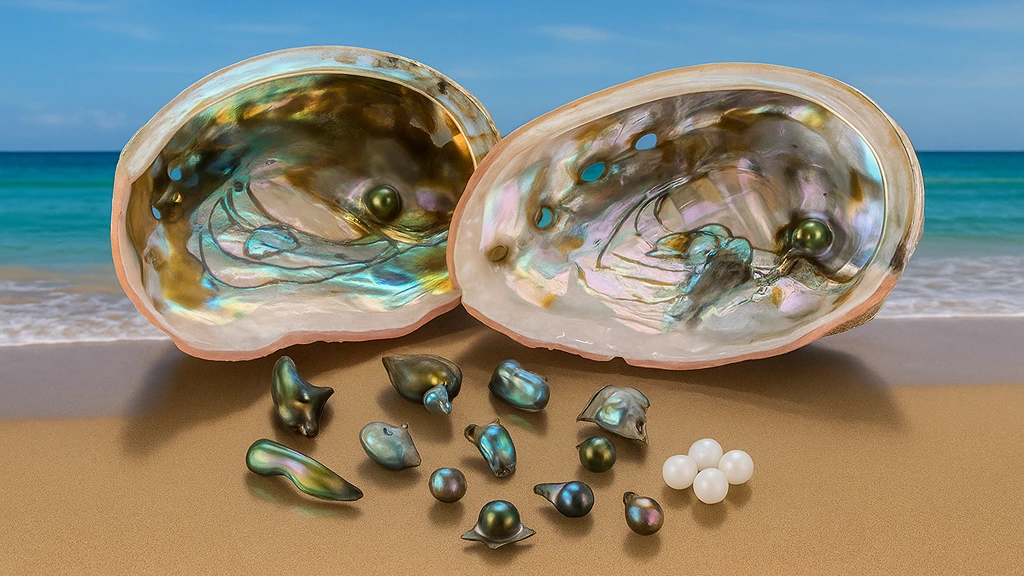
In Indonesia, “abalone pearls” actually refer to the shiny inside shell of abalone, not real pearls like those from oysters. Abalone is a type of single-shelled sea snail that lives on the ocean floor and is commonly found in Indonesian waters, especially species like Haliotis asinina and Haliotis squamata. The bright blue and green colors of abalone shells make them look stunning and super unique.
• Mabe Pearls
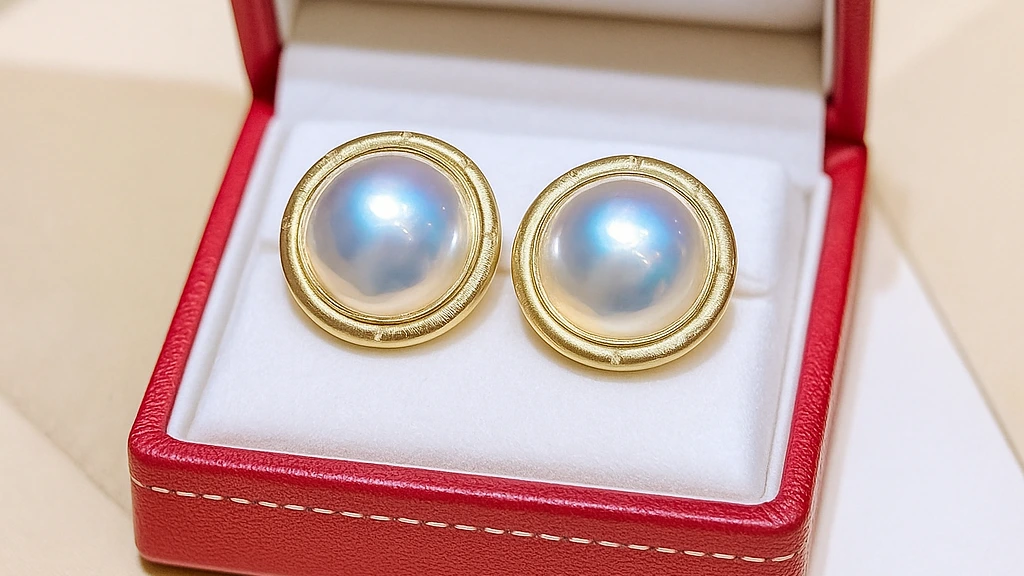
Mabe pearls are farmed by pearl farmers in Lombok. These Lombok Mabe pearls are known for their great quality because the sea water around Lombok is still very clean, allowing the oysters to grow healthy and produce beautiful, high-quality pearls. Mabe pearls have a half-round or dome shape like half a ball. They’re also the most affordable type of pearl we can find in Indonesia.
Pearl Hunting Adventures in Indonesia
Ever dreamed of diving into the ocean to find your own pearl? Sounds magical, right? In Indonesia, tourists can’t actually dive and take pearls straight from the sea. Why? Because pearls are farmed, not just found randomly inside oysters.
Pearl farmers carefully place a tiny “seed” inside each oyster and let it grow for years under super-controlled conditions. These farms are private and protected. But don’t worry! You can still experience the magic of Indonesian pearls through pearl education tours in beautiful spots like Lombok, Sumbawa, and Raja Ampat.
Here are a few awesome places to visit:
● Teluk Nara Pearl Farm, Lombok (West Nusa Tenggara)
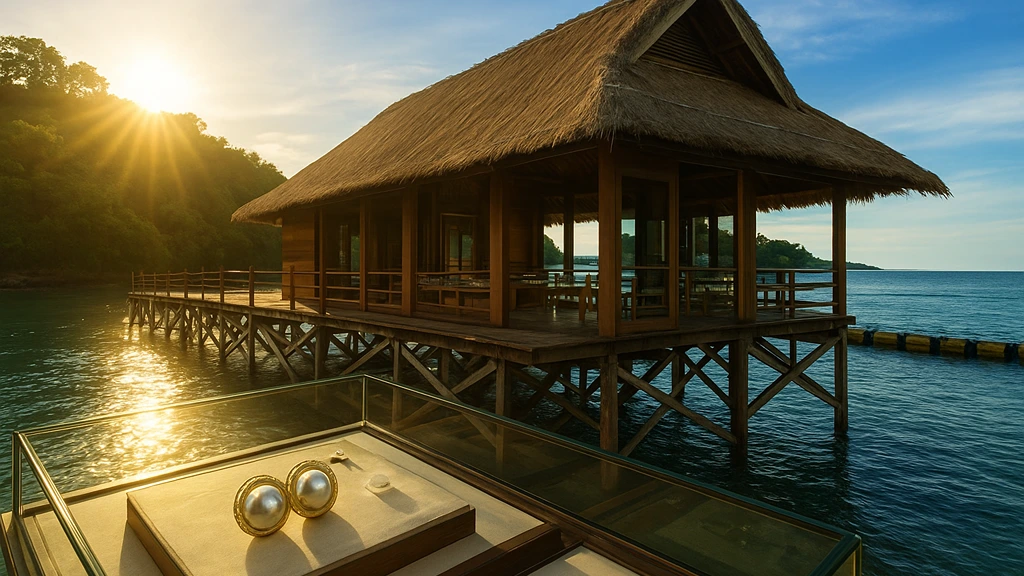
At this workshop, we’ll get to see how oysters are raised and how pearls are formed from seed to shine. You can’t dive for them, but you can learn the whole process, see the sparkling results, and even buy real pearls right there. Plus, the sunset views at Teluk Nara or nearby Malimbu Hill are absolutely stunning.
Location: Teluk Nara, North Lombok
Contact: +62 813 39920020
Open daily (check hours: usually 10:30–14:00 or 08:00–17:00).
● Batanta Island, Raja Ampat (West Papua)
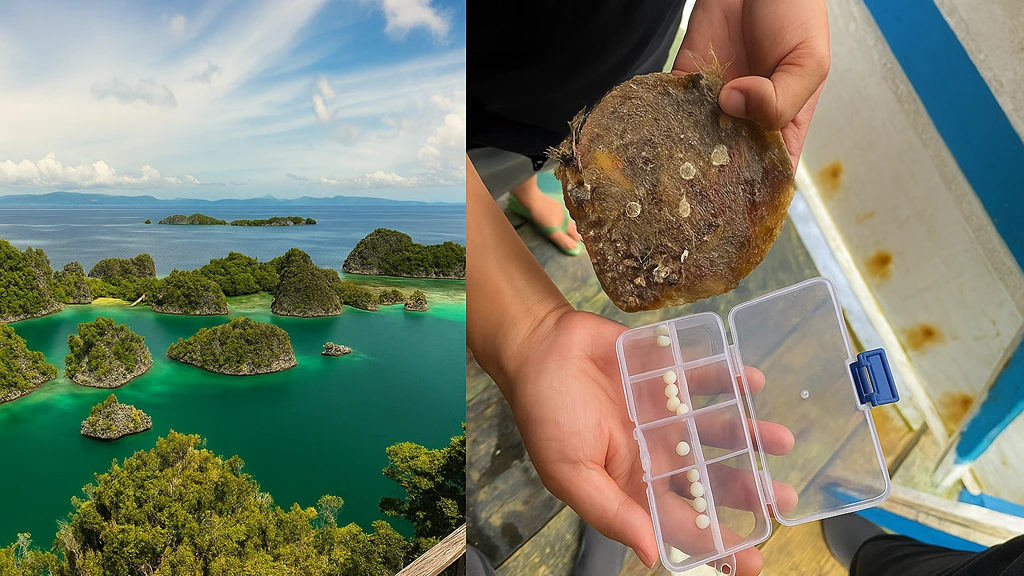
Raja Ampat isn’t just about world-class diving, but it’s also home to some of Indonesia’s best pearl farms! The clear, plankton-rich waters make it perfect for growing high-quality pearls. We can join a local tour to see how the pearls are harvested which takes up to four years for one pearl to grow!
While you’re there, go fishing, grill some fresh seafood, and enjoy the peaceful beauty of Batanta Island. It’s a total paradise!
● Dobo, Aru Islands (Maluku Province)
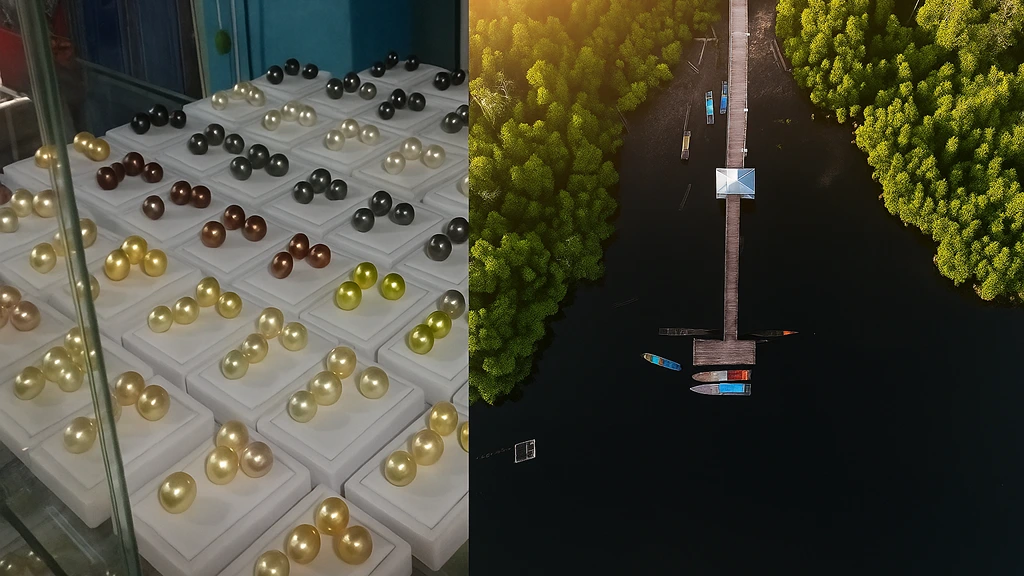
Known as the “hidden treasure” of Maluku, Dobo is not just about gorgeous beaches, but it’s also rich in pearl farming history. Back in the day, people dove straight into the ocean to collect pearls, but now locals farm them sustainably. The pearls here have a natural glow that makes them super popular among collectors.
So, even if you can’t dive for pearls yourself, Indonesia still lets you dive into the experience — literally surrounded by ocean beauty, local culture, and the shimmer of real treasures from the sea!
The Price of Pearls
Let’s talk about pearls and prices! So, raw pearls in Indonesia are usually priced based on their color and grade (A or B). The average cost starts from around Rp 560,000 to Rp 3,600,000 for just 2 grams. But some rare pearls? They can go for tens of millions of rupiah!
In the international jewelry scene, South Sea Pearls are known as the “Queen of Gems”. These beauties can sell for anywhere between US$10,000 to US$300,000 depending on size, shape, and shine. Talk about luxury!
So, if you’ve ever wondered why pearl necklaces can be pricey, now you know.It’s all about the value of the pearl itself. Each one is a tiny masterpiece made by nature.
Oysters create pearls by layering thousands of thin crystal layers of calcium carbonate: a process that takes years! And the result? A gem so perfect that it doesn’t need cutting or polishing. Unlike other gemstones, pearls come straight from the sea ready to wear.
No wonder pearls have been loved by women all around the world for centuries — elegant, timeless, and totally magical.


